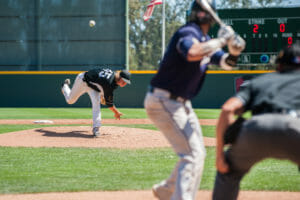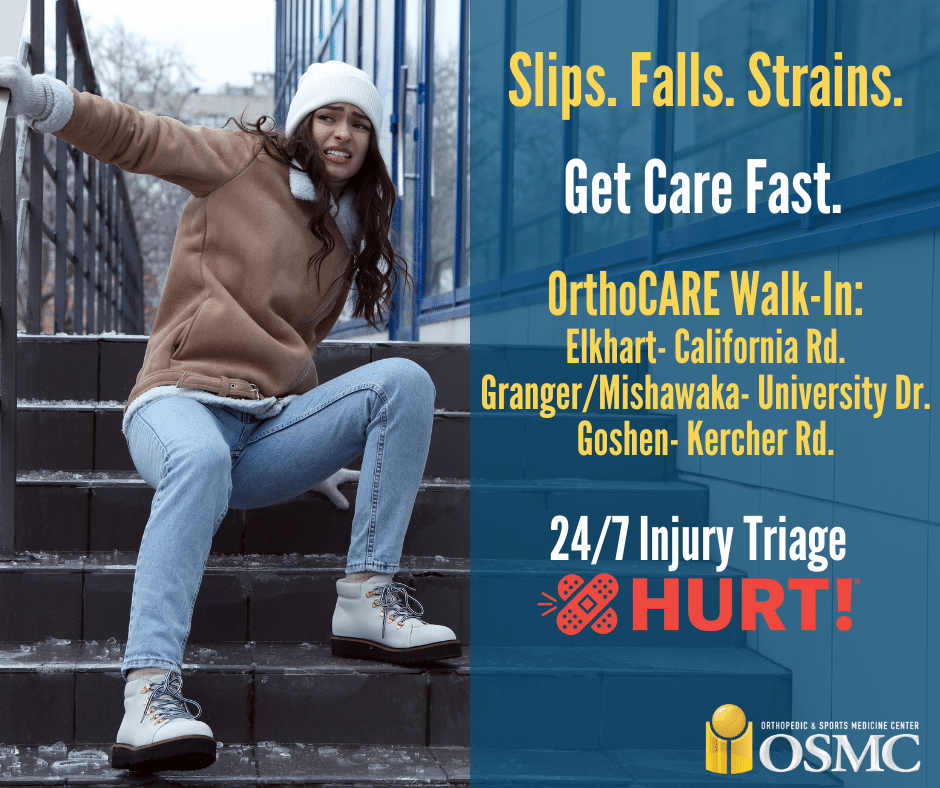
As children and teenagers become more active and participate in sports, it can sometimes mean injuries, especially repeat injuries.
With the surge of year-round training and competitions, these young bodies are prone to repetitive stress injuries (RSIs).
“RSIs are most likely to occur in children and teens in the area of growth plates,” explained Ryan Foremen, M.D., a sports medicine physician at OSMC. “A growth plate is that layer of cartilage near the end of a bone — that’s where most of the bone’s growth happens.”
RSIs happen when the same movements are repeated time and time again, causing damage to a joint, tendon, or bone.
“Over-training or not training properly, definitely makes athletes, both young and old, prone to RSIs,” Dr. Foreman said.
Think of a young pitcher. While baseball rules limit the number of pitches allowed in a game, it’s the training and practice leading up to the game that leads to potential pitching elbow.
For those of you raising swimmers, swimmer’s shoulder is a common RSI among young athletes.
Other common RSIs for young athletes include stress fractures, runner’s knee, tendonitis, shin splints, and Osgood-Schlatter disease.

Adults know it’s essential to listen to their bodies, but many young athletes simply work through the pain, especially if they’re highly competitive. As a parent of an athlete, check in often with your child. If they’re showing signs of distress, weakness, swelling, or stiffness, chances are they’ve developed an RSI.
At this time, it’s better to be safe than sorry. Make an appointment with a sports medicine physician.
“When I work with young athletes, I’ll talk to them about their symptoms, ask about their training regimen, and do an exam,” noted Dr. Foreman. “When needed, I’ll order an x-ray or MRI to help diagnose what’s happening.”
More often than not, simply taking some time off or slowing down will help your child get back in the game.
In more severe cases, a complete break from activities until the RSI heals is needed.
Work with your child’s coach to modify training for a while after an RSI. At-home therapies like ice, elevation, anti-inflammatories, and supporting the painful area with an elastic bandage or splint may provide comfort as well.
You want your child to enjoy years of sports, competitions, reaching new goals, and making new friends. Help them do this without injury by not over-committing them and allowing them to play different sports throughout the year so they use different parts of their body. Nobody wants to see their child sidelined with an injury.
If your young athlete is injured, it’s better to be safe than sorry. Call 574-264-0791 to schedule an appointment with a doctor at an OSMC office today — no referral needed!
This blog post is not intended to provide personal medical advice, professional diagnosis, opinion, treatment to you or to any other individual. It is information for educational purposes only. You should not use this information in place of a consutatation or the advice of a healthcare provider.



